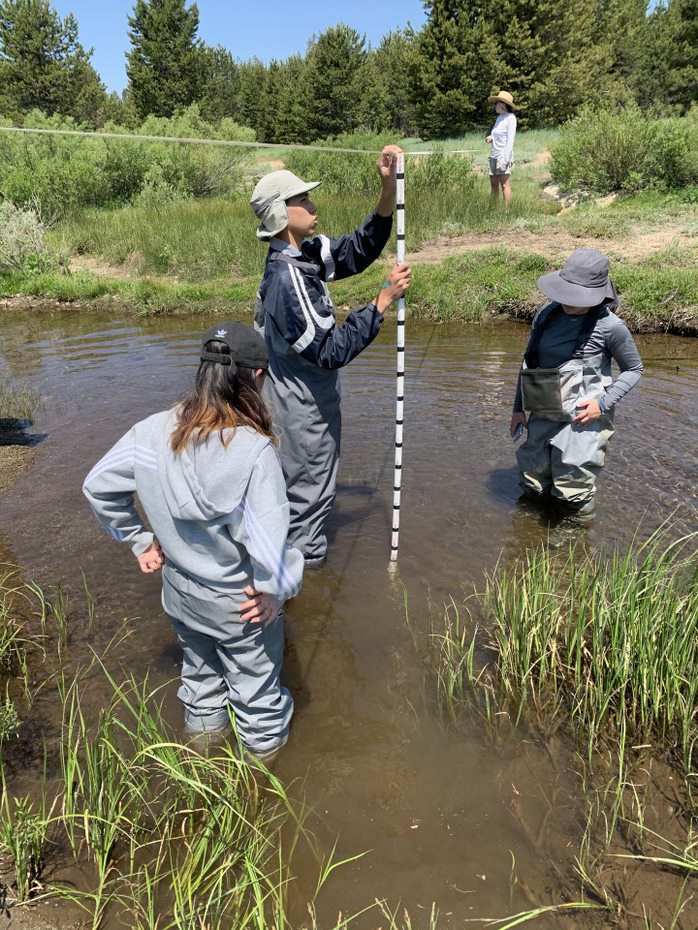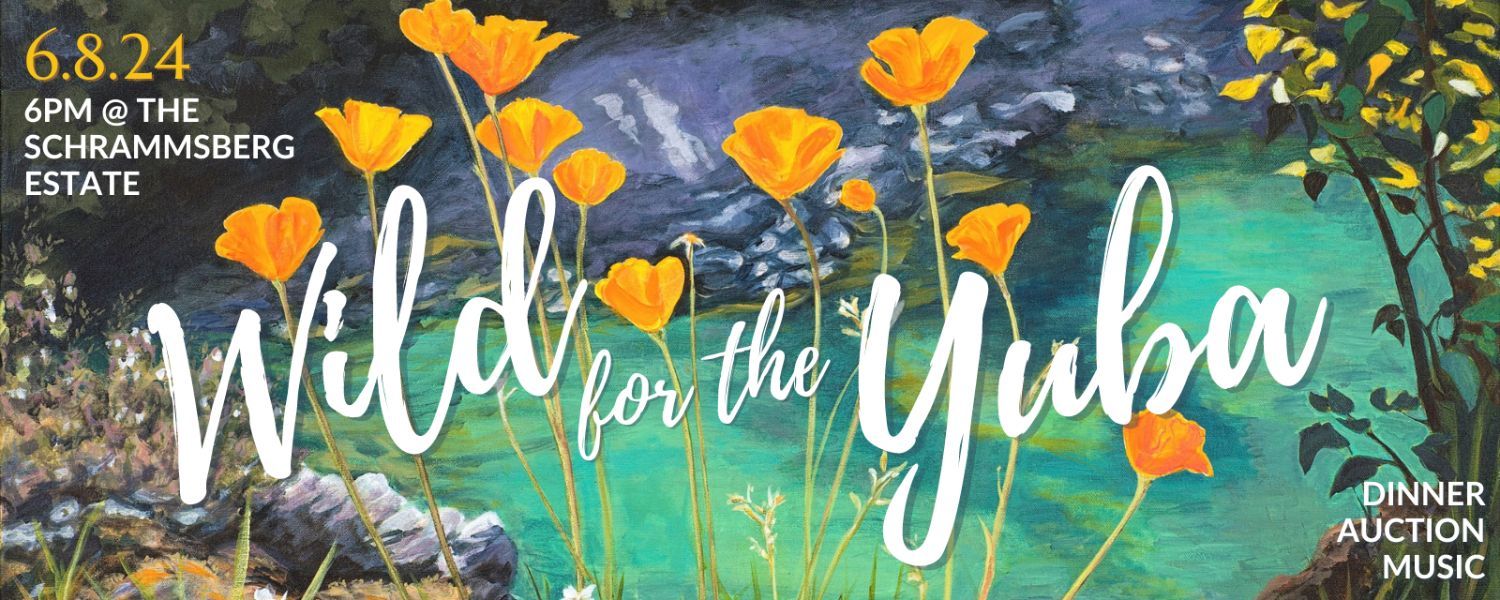High School Students Embark on a Field Science Expedition to help Restore Montane Meadows
Since 2013, SYRCL has partnered with Earthwatch and the Tahoe National Forest to bring high school students from Los Angeles to the Tahoe National Forest to assist SYRCL scientists with meadow restoration and data collection.
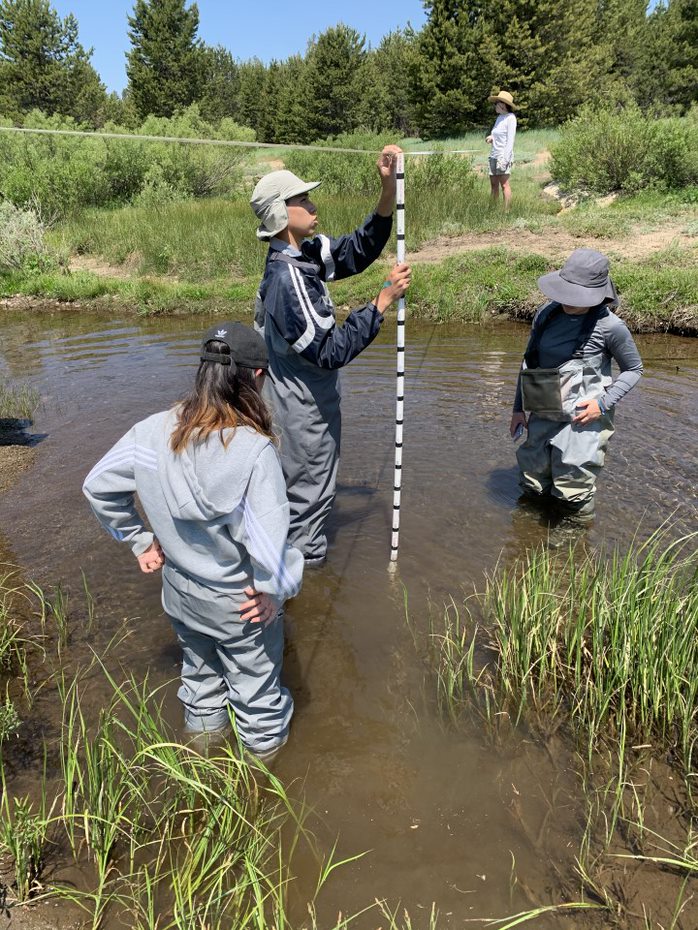
This summer, we hosted a total of 17 students across two Earthwatch groups in June and late July. This immersive, overnight, 12-day field science expedition focused on teaching meadow ecology, monitoring, and restoration practices at Loney Meadow and Van Norden Meadow within the Tahoe National Forest.
Each morning, students woke up early to prepare for full days in the field. Working closely with SYRCL scientists, students assisted with groundwater hydrology, plant identification, conifer assessments, stream channel cross-sections, aquatic species surveys and installed cattle exclusion fencing around aspen stands.
Over the course of the program, several students noted that for the first time, they were able to experience the scientific process that they have been learning about in textbooks for years.
As one student put it, “I craved to apply the knowledge I gained in my science classes, and I stumbled upon Earthwatch! Earthwatch attracted my interest primarily because it allows inner-city students like myself to experience environmental science by working hands-on with scientific equipment, live animals, and amazing researchers.”
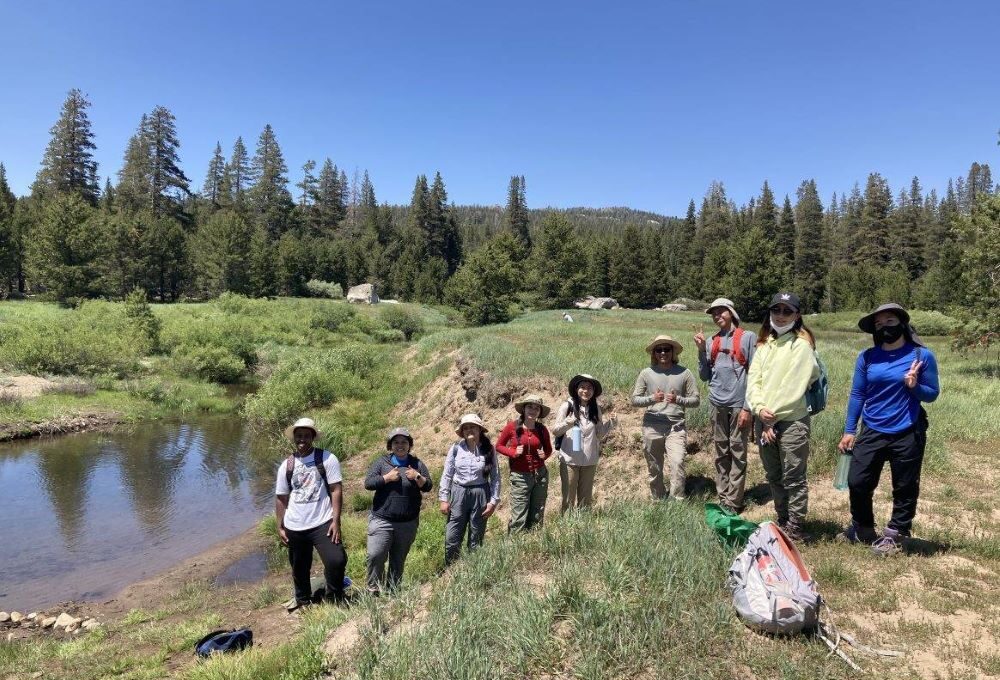
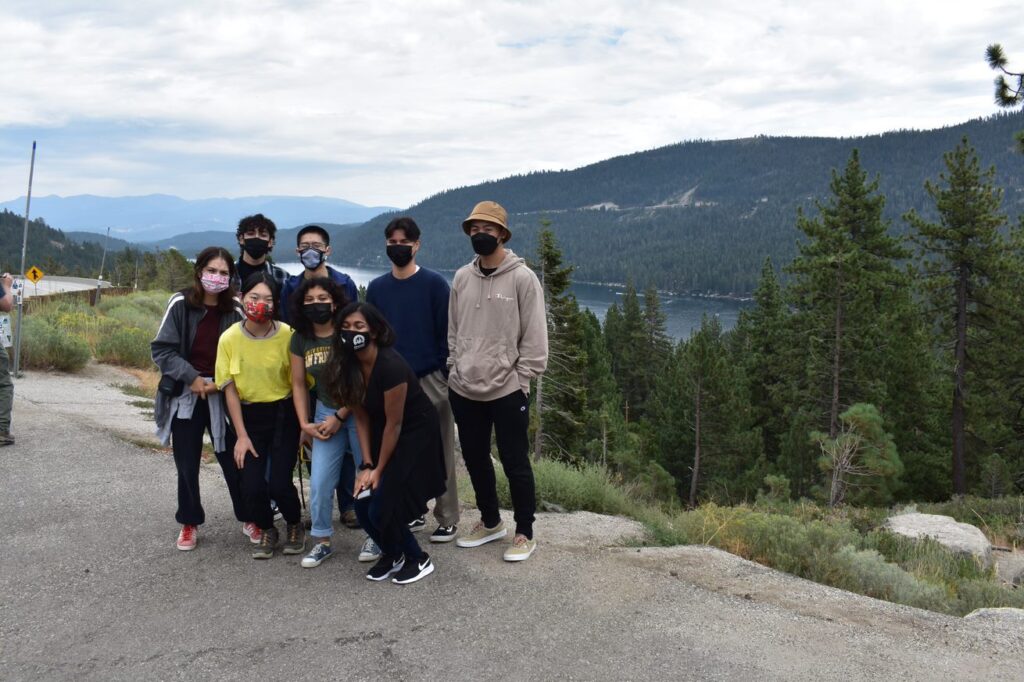
Alecia Weisman (River Science Project Manager), Monique Streit (River Education Manager), Rachel Hutchinson (Tahoe National Forest Eastside Watershed Program Manager), and Aliya Ingersoll (Restoration Coordinator) worked together to design and lead the two expeditions. They were impressed with the students’ dedication to the project and how quickly they were able to learn monitoring and surveying protocols.
“For many students, this is their first time working outside in the environmental field and in northern California. I love seeing the growth within the students, from being apprehensive about fieldwork to eagerly volunteering to try something new, get dirty, or wade waist-high in a stream. Each group of students blew me away with their dedication to learn, hard work ethic, and enthusiasm to try new things,” said Monique Streit.
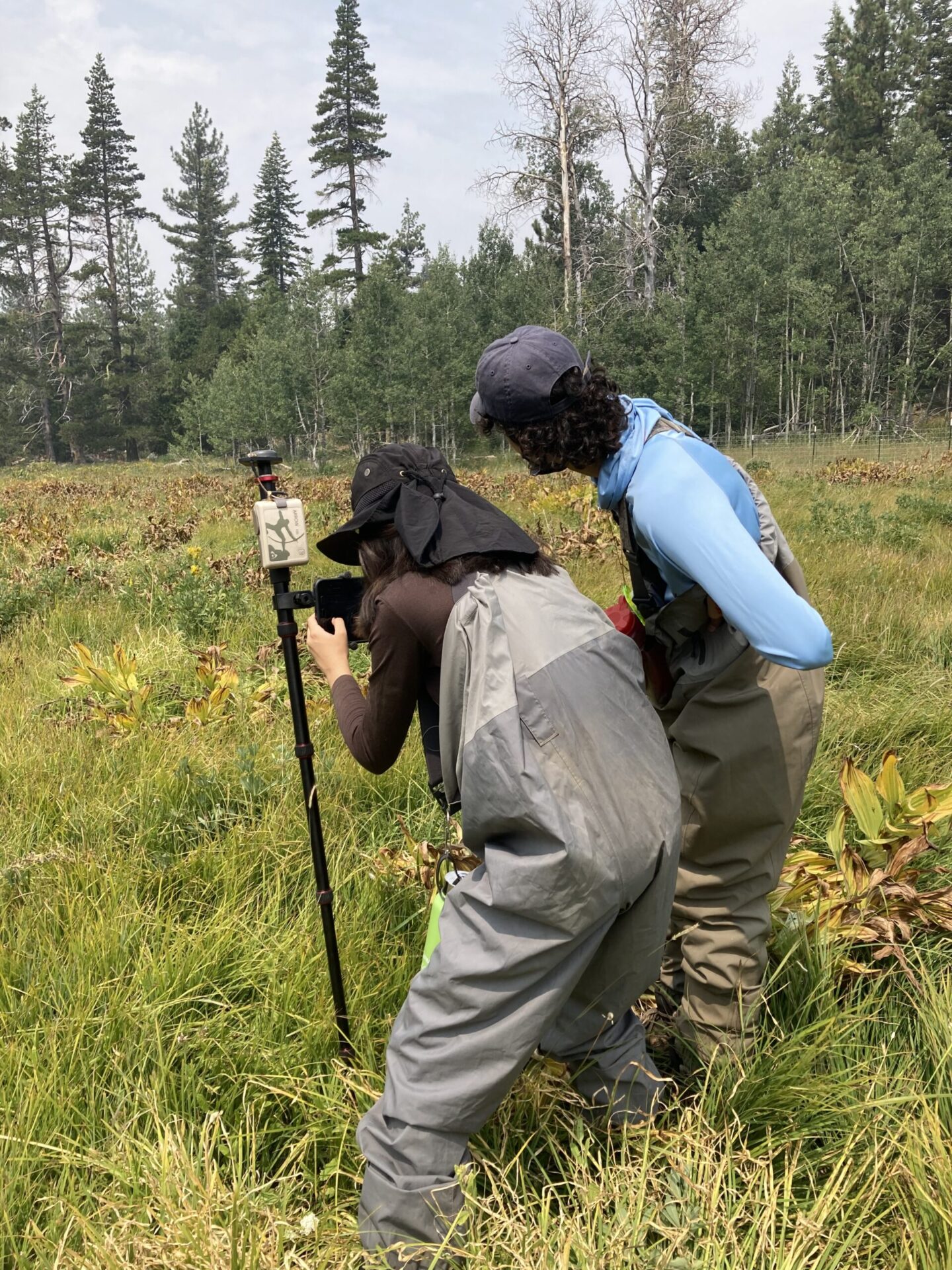
Students walked away from the program with memorable experiences, new friendships, and an enhanced understanding of meadow ecosystems and the direct impacts of their own actions on our environment.
When asked for their biggest takeaway from the trip, one student said, “I learned that environmental science is so much more multi-faceted than I thought and that environmental scientists have very varied and complex jobs. I saw the different tasks that scientists do day-to-day and found out about myself that I’d love to pursue a career bridging science and the public in science communication.”
Student Takeaways
Another critical element to our field science programs is the time students spend connecting with nature and experiencing new ecosystems. One student’s favorite part of the expedition was simple: “looking up in the sky, watching the grasshoppers, and running through the tall grass.”
The skills and experiences that students gain on their Earthwatch expeditions are valuable in creating strong leaders as well. One student noted, “It was extremely important to communicate what I was doing. If I did not proactively talk to and discuss the work with my teammates, issues of inaccuracy or inadequacy could have arisen. I really appreciate how this trip really instilled the importance of working with others.”
SYRCL is beyond grateful for the dedication and hard work the Earthwatch students put into the field science program to help restore meadows within the Yuba River watershed. Watching the students make connections, work closely as a team, deepen their scientific knowledge, and see the excitement of working in the field grow day to day was equally as rewarding for all staff involved in the program.
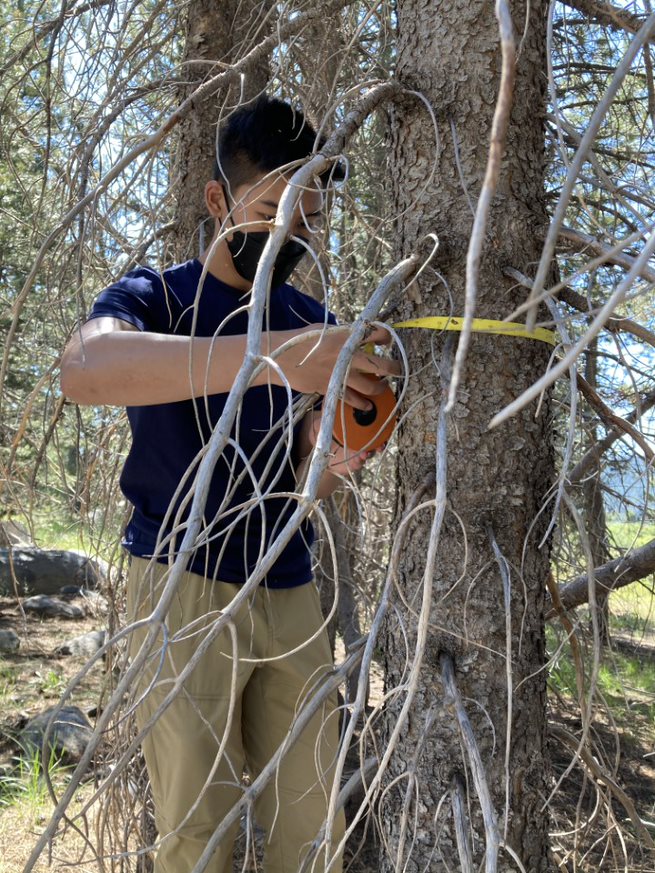
For more information about restoration plans at Van Norden Meadow, please attend one of our two upcoming field tours. The tours will be led by Rachel Hutchinson and Jonathan Cook-Fisher from Tahoe National Forest and Alecia Weisman from the South Yuba River Citizens League (SYRCL).
- When: Saturday, August 14 from 9:30am-12:00pm and Friday, September 10 from 9:30am-12:00pm (snacks and coffee provided)
- Where: Meet at the Sheep Pens parking lot (adjacent to the meadow)
- How: To sign up, send an email to alecia@yubariver.org
For more info about the project, visit: https://yubariver.org/our-work/meadow-restoration/active-meadow-restoration-projects/vannorden/
Contact Monique at monique@yubariver.org to learn more about education opportunities.
Contact Alecia at alecia@yubariver.org to learn more about restoration opportunities.
Did you enjoy this post?
Get new SYRCL articles delivered to your inbox by subscribing to our ENews.

